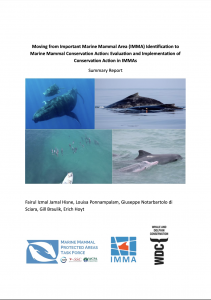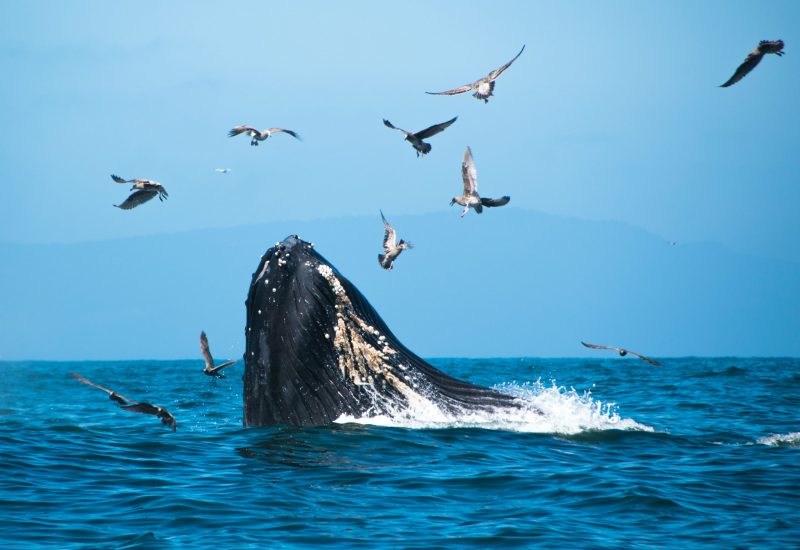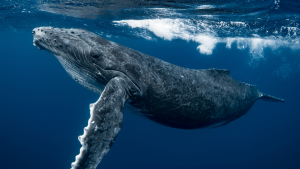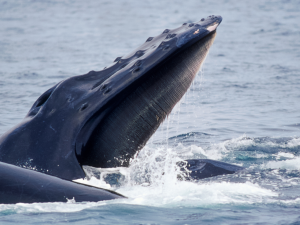
A monitoring tool to help evaluate the status of Important Marine Mammal Areas, or IMMAs, has been tested in six IMMAs scattered across the world ocean. The results are summarized in a new report from the IUCN Marine Mammal Protected Areas Task Force, released this week.
Five partner, senior marine mammal scientists and conservationists, were selected to undertake pilot studies across six different IMMAs.
The monitoring assessment of each IMMA was conducted using a combination of desktop reviews of available data and stakeholder engagements. In every engagement, stakeholders were provided a brief overview of IMMAs and their objectives. Study partners subsequently utilised the IMMA Monitoring Tool, comprised of a set of standardised questions directed to all users, to guide the discussions. The users include commercial and artisanal fishers, whale watching and nature tour operators, shipping companies, government managers, academics and conservation groups, among others.
Overall, the IMMA Monitoring Tool was found to be an accessible mechanism to support status evaluation of a particular IMMA and for future monitoring. While its impact on implementing conservation strategies may be constrained by the reliability and depth of data collected, it remains particularly valuable, especially in areas with limited resources or at the early stages of a conservation project where it can guide the development of more targeted monitoring and implementation programmes.
Study partners noted that the use of the IMMA Monitoring Tool, supplemented with awareness materials tailored to each respective IMMA, was helpful in facilitating efforts to raise awareness about IMMAs among the stakeholders which led to more engaged discussions. The IMMA Monitoring Tool provided a good platform to evaluate existing conditions in each IMMA and to identify areas of opportunity for further improvements.
One important aspect of the effort of evaluating the conservation effectiveness of IMMAs concerns the ability to assess the abundance of species for which any particular IMMA was identified. It is hoped that a future output of the IMMA monitoring and implementation effort will be abundance estimates (at a minimum, relative abundance), which would enable, with time, an indication of trend. The information could then provide one metric of whether the IMMA is achieving the primary goal of maintaining healthy marine mammal populations and, if applicable, aiding their recovery.
Read the summary report here
Source: IUCN Marine Mammal Protected Areas Task Force Newsletter (September, 2025)





